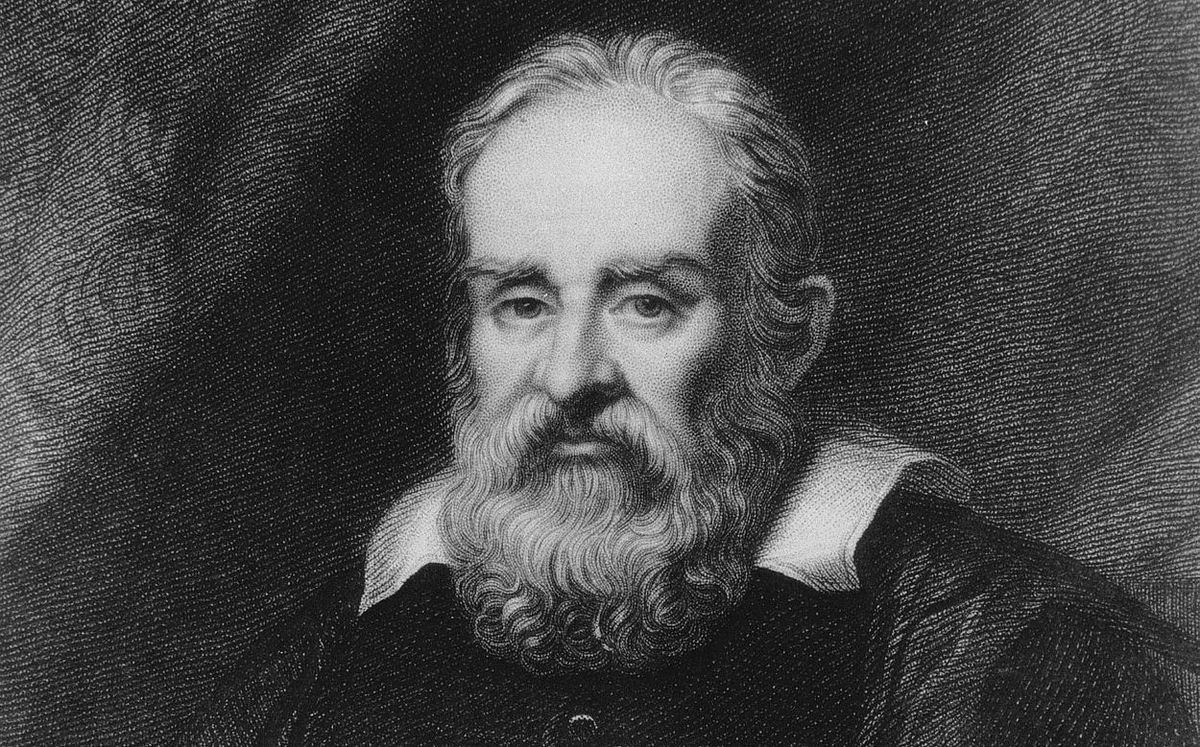
Who was Galileo Galilei? Galileo Galilei was a brilliant Italian astronomer, physicist, and engineer who lived during the Renaissance. Often called the "father of modern observational astronomy," he made groundbreaking discoveries that changed our understanding of the universe. Why is Galileo important? He championed the use of the telescope for celestial observations, discovering moons around Jupiter and the phases of Venus. His support for the heliocentric model, which placed the Sun at the center of the solar system, challenged the prevailing geocentric view and led to significant conflict with the Catholic Church. What did Galileo invent? He improved the design of the telescope, invented a military compass, and developed early concepts of inertia. Galileo's work laid the foundation for modern physics and astronomy, making him a pivotal figure in scientific history.
Early Life and Education
Galileo Galilei, a name synonymous with scientific revolution, had a fascinating life. Let's dive into some intriguing facts about his early years and education.
- Born on February 15, 1564, in Pisa, Italy, Galileo was the eldest of six children.
- His father, Vincenzo Galilei, was a renowned musician and music theorist.
- Initially, Galileo enrolled at the University of Pisa to study medicine but soon switched to mathematics.
- By 1589, he secured a position as a mathematics professor at the University of Pisa.
Contributions to Astronomy
Galileo's work in astronomy changed our understanding of the universe. Here are some key contributions.
- In 1609, he built his own telescope, which was more powerful than any existing one.
- Galileo discovered the four largest moons of Jupiter: Io, Europa, Ganymede, and Callisto.
- He observed that Venus went through phases similar to the Moon, supporting the heliocentric model.
- His observations of the Moon revealed that it had mountains and craters, challenging the belief that celestial bodies were perfect spheres.
Physics and Motion
Galileo's experiments and theories in physics laid the groundwork for modern science. Let's explore some of his key findings.
- He conducted experiments by dropping objects of different masses from the Leaning Tower of Pisa, demonstrating that they fell at the same rate.
- Galileo formulated the law of inertia, stating that an object in motion stays in motion unless acted upon by an external force.
- He discovered the principle of relativity, which asserts that the laws of physics are the same in any system moving at a constant speed in a straight line.
Conflict with the Church
Galileo's scientific findings often put him at odds with the Catholic Church. Here are some notable events.
- In 1616, the Church declared the heliocentric model heretical and banned Galileo from teaching it.
- Despite the ban, he published "Dialogue Concerning the Two Chief World Systems" in 1632, which supported heliocentrism.
- In 1633, Galileo was tried by the Roman Catholic Inquisition and found guilty of heresy.
- He was sentenced to house arrest for the remainder of his life, during which he continued his scientific work.
Later Life and Legacy
Even under house arrest, Galileo's contributions to science did not cease. His later years were marked by continued innovation and lasting impact.
- While under house arrest, he wrote "Two New Sciences," summarizing his earlier work on kinematics and material strength.
- Galileo's work laid the foundation for Newton's laws of motion and universal gravitation.
- He is often referred to as the "father of observational astronomy" and the "father of modern physics."
- In 1992, the Catholic Church formally acknowledged its error in condemning Galileo.
Interesting Tidbits
Galileo's life was full of interesting anecdotes and lesser-known facts. Here are a few to pique your interest.
- He was a skilled lute player, thanks to his father's musical influence.
- Galileo never married but had three children with Marina Gamba, a woman he met in Venice.
- His daughter, Maria Celeste, became a nun and maintained a close relationship with him through letters.
- Galileo's middle finger is preserved and displayed at the Museo Galileo in Florence, Italy.
Galileo's Legacy Lives On
Galileo Galilei's impact on science and humanity can't be overstated. His innovations in astronomy, physics, and mathematics laid the groundwork for modern science. By championing the heliocentric model, he challenged the status quo, facing significant opposition. Yet, his determination and curiosity pushed boundaries, leading to groundbreaking discoveries like the moons of Jupiter and the phases of Venus.
His use of the telescope revolutionized our understanding of the cosmos, proving that observation and experimentation are key to scientific progress. Galileo's work inspired future generations of scientists, including Isaac Newton.
Today, his legacy endures in the principles of the scientific method and the relentless pursuit of knowledge. Galileo's story reminds us that questioning established beliefs and seeking truth through evidence can change the world. His contributions continue to inspire curiosity and innovation in science and beyond.
Was this page helpful?
Our commitment to delivering trustworthy and engaging content is at the heart of what we do. Each fact on our site is contributed by real users like you, bringing a wealth of diverse insights and information. To ensure the highest standards of accuracy and reliability, our dedicated editors meticulously review each submission. This process guarantees that the facts we share are not only fascinating but also credible. Trust in our commitment to quality and authenticity as you explore and learn with us.


